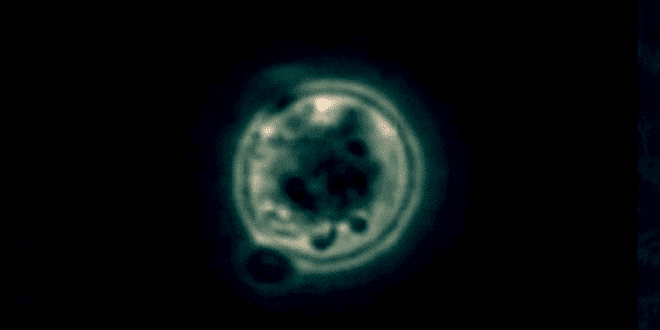Melanoma – considered the most dangerous kind of skin cancer – occurs when the body is overexposed to ultraviolet (UV) radiation from the sun or from tanning beds. This exposure triggers genetic defects that cause skin cells to multiply rapidly and form malignant tumors. People who are genetically predisposed to the disease at are even higher risk.
Nearly six decades ago, preserved mummies from Peru dating back 2,400 years were examined and found to have signs of melanoma on their skin and cancerous growths that spread from there to their bones. A physician in the late 18th century was apparently the first to operate on metastatic melanoma (that spreads to other parts of the body), but in 1804, a French physician was the first to identify melanoma as a disease.
Today due to the thinning of the protective ozone layer of the atmosphere and the tendency of many people – especially the young – to tan themselves in the sun or artificially without adequate protection from UV light, melanoma is a growing threat to health. The younger the person exposed, the more dangerous, as the DNA damage accumulates over a lifetime.
The tumors originate in the pigment-producing melanocytes in the basal layer of the epidermis of the skin. Usually looking like moles on the skin, most melanomas are black or brown, but they can also be skin-colored, white, pink, red, purple or blue. They are also not symmetrical and have irregular borders.
If melanoma is recognized and treated early, it is usually curable, but if not, the cancer can advance and spread to other parts of the body, where it becomes hard to treat and can be fatal. While it is not the most common of the skin cancers, it causes the most deaths.
Now, an interdisciplinary research team headed by a researcher at Ben-Gurion University of the Negev in Beersheba, Israel, has developed a groundbreaking method based on artificial intelligence (AI) to identify melanoma cells that are likely to spread to other parts of the body.
Dr. Assaf Zaritsky of BGU’s department of software and information systems engineering and Gaudenz Danuser of the University of Texas Southwestern Medical Center at Dallas are responsible for this achievement. Their project was recently featured as “Image of the Day” in the prestigious The Scientist magazine.
The approach calls for filming live cancer cells with microscopic cameras and using artificial intelligence to analyze the video sequence and identify cells’ appearance and behavioral patterns that are linked to the potential of spreading.
Quantitative cell biology underwent dramatic growth over the last decade due to a wide range of image-analysis algorithms, as well as advanced microscopy, Zaritsky explained. “This enables researchers to quantitatively measure cellular and subcellular phenomena in unpreceded detail and build various datasets of cell biological processes.”
Recently, he continued, “machine learning has been making tremendous progress and has shown that computers can outperform humans in the analysis of complex high dimensional datasets.”
As a result, artificial intelligence “has great potential to extract hidden information from heterogeneous cell image datasets and provide detailed mechanistic biological insights.”
His “deep learning” program analyzes data from imaging of melanoma cells taken from xenografts – mice implanted with patients’ tumor material. Zaritsky and his team showed that their representation of the functional state of individual cells can predict the chances that a Stage III melanoma – in which malignancies are limited to the lymphatic system – will progress to stage IV – in which the disease has metastasized beyond the principal area and spread to the rest of the patients’ body.
“Beyond metastasis potential, the computer models also allowed us to distinguish between cancer cells taken from different patients by quantifying factors that are not visible to the naked human eye,” said Zaritsky.
He and his team also found that different melanoma cell lines are much more similar to one another than to tumor cells taken from different patients that have not undergone prolonged culturing outside the human body.



